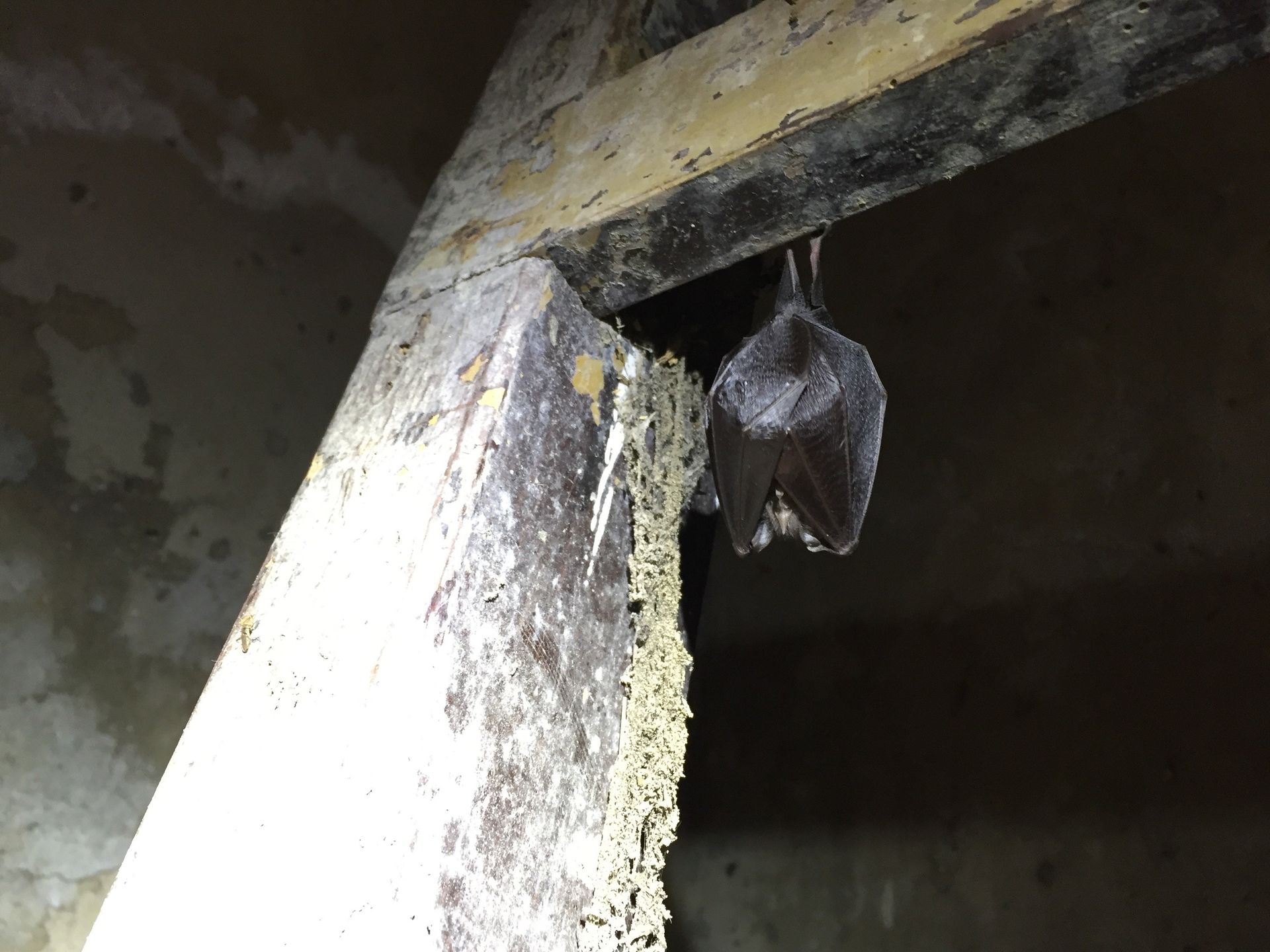Background
We were commissioned to undertake a series of bat surveys at a residential dwelling and barn in Dorset.
The barn was known to support a significant maternity roost for lesser horseshoe bats. The Dorset Bat Group had been regularly monitoring it until 2011.
Our client needed various surveys to support a planning application for on-site building alterations. These included a bat building assessment, and emergence and re-entry surveys.
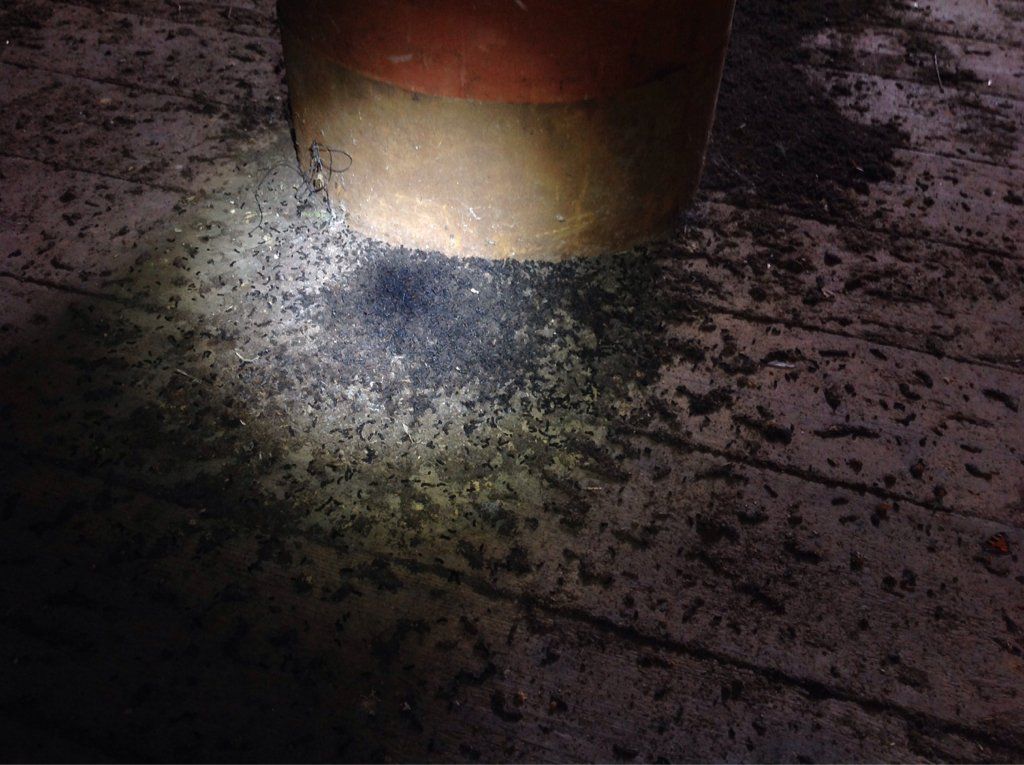
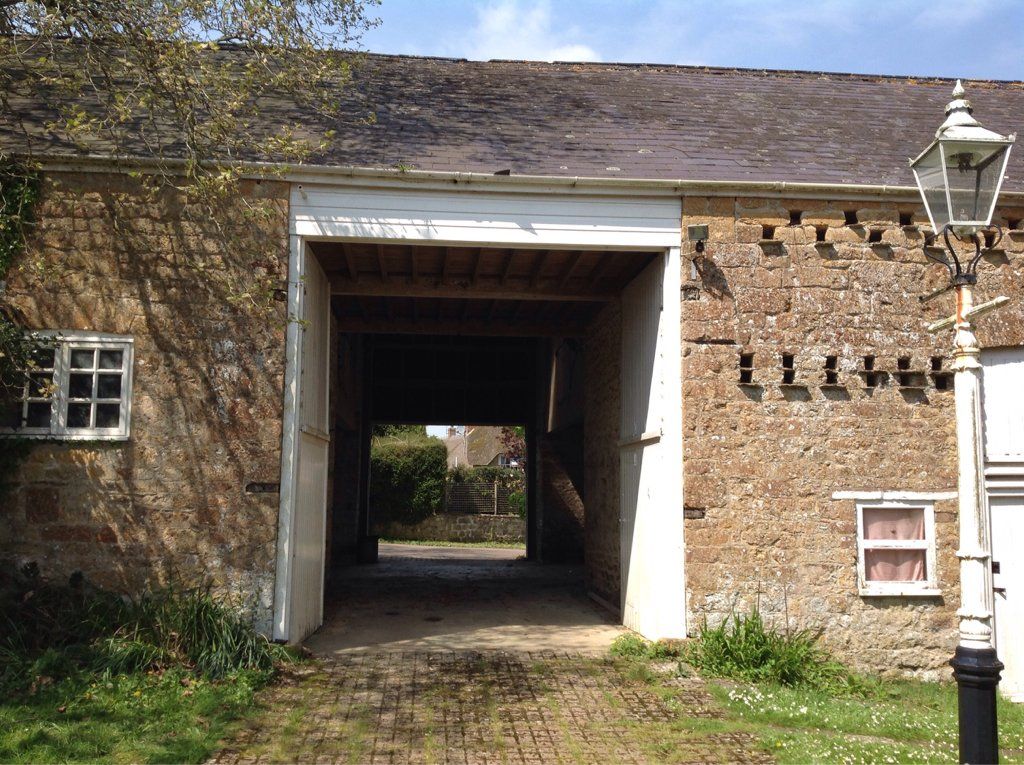
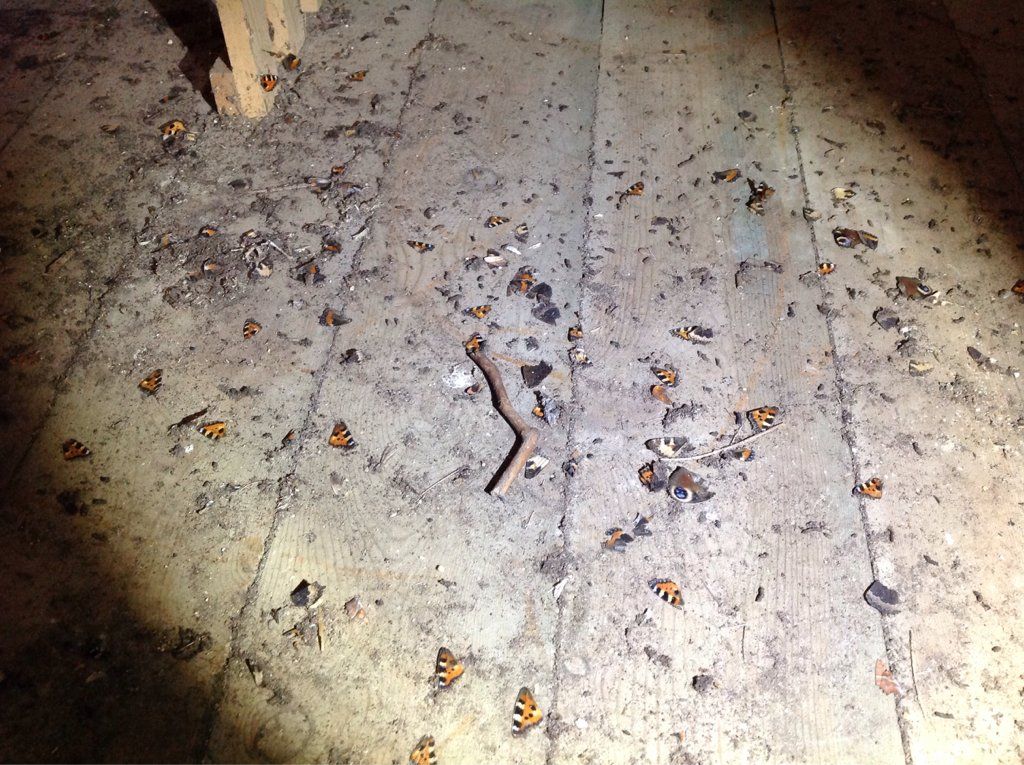
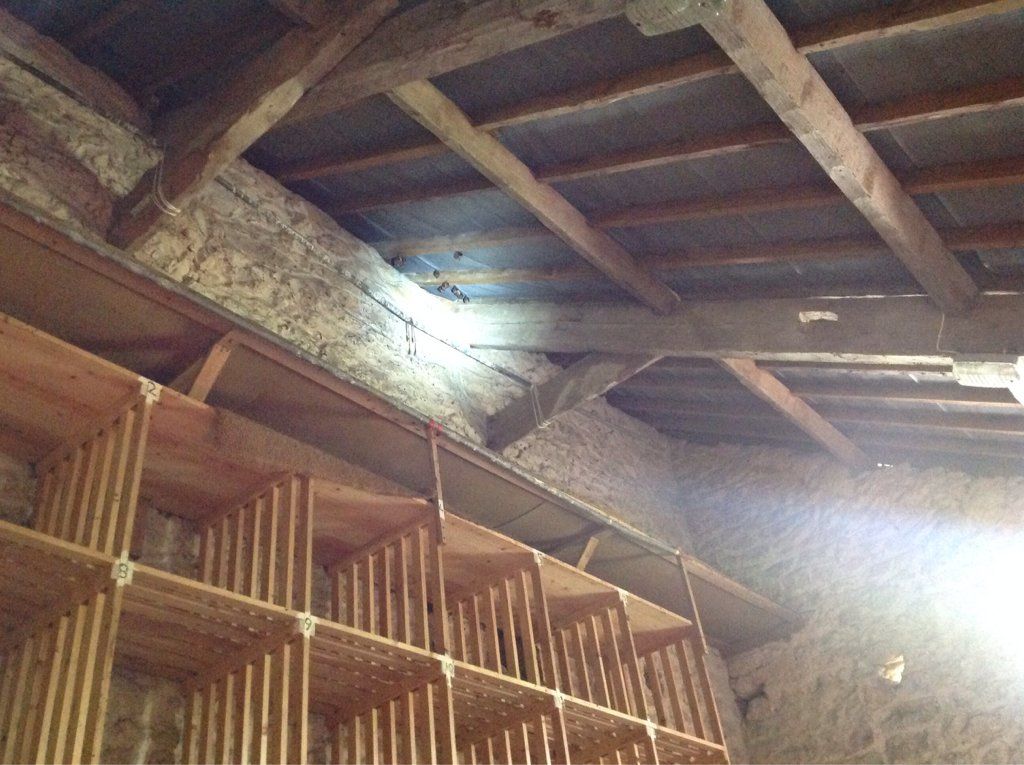
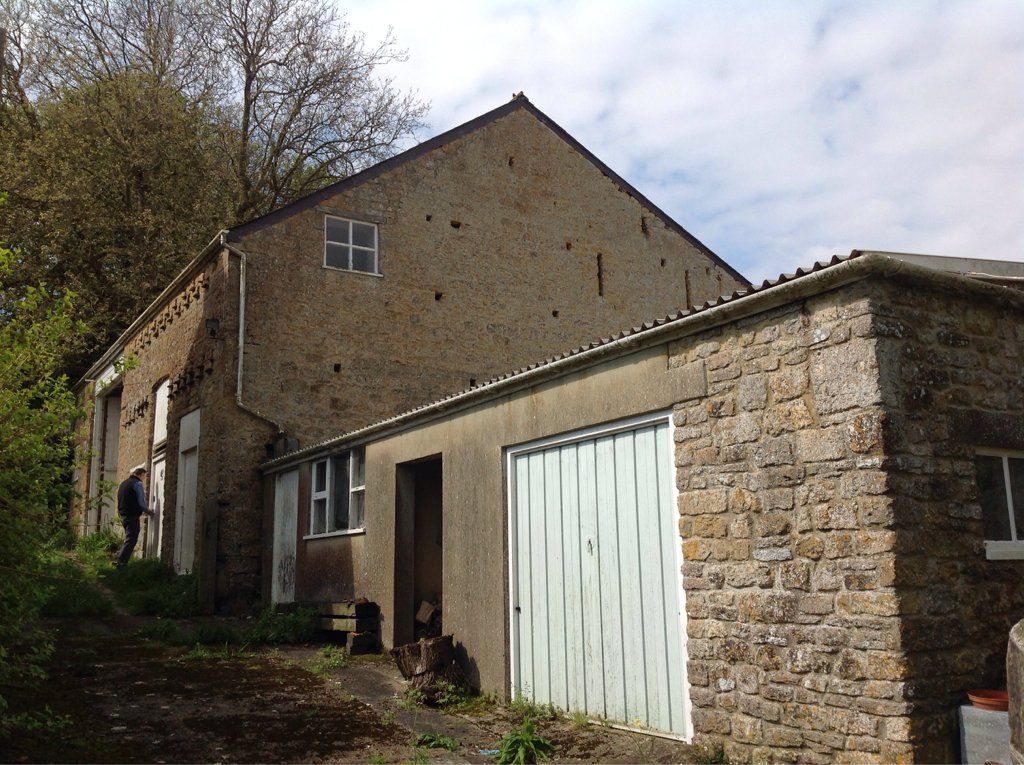
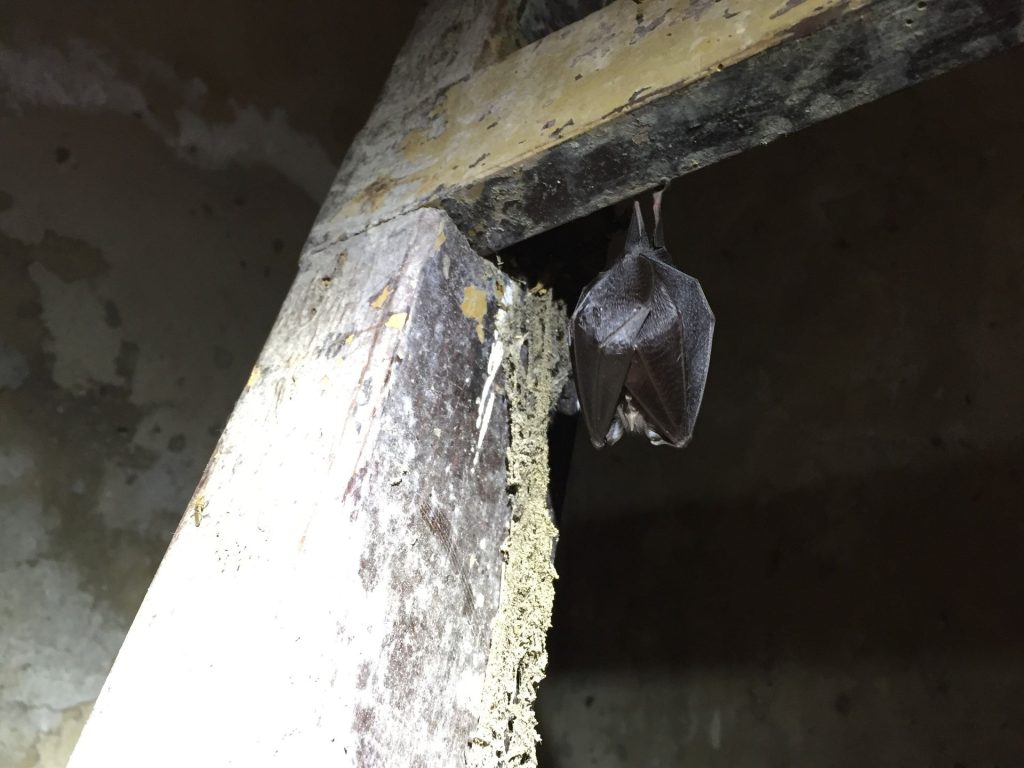
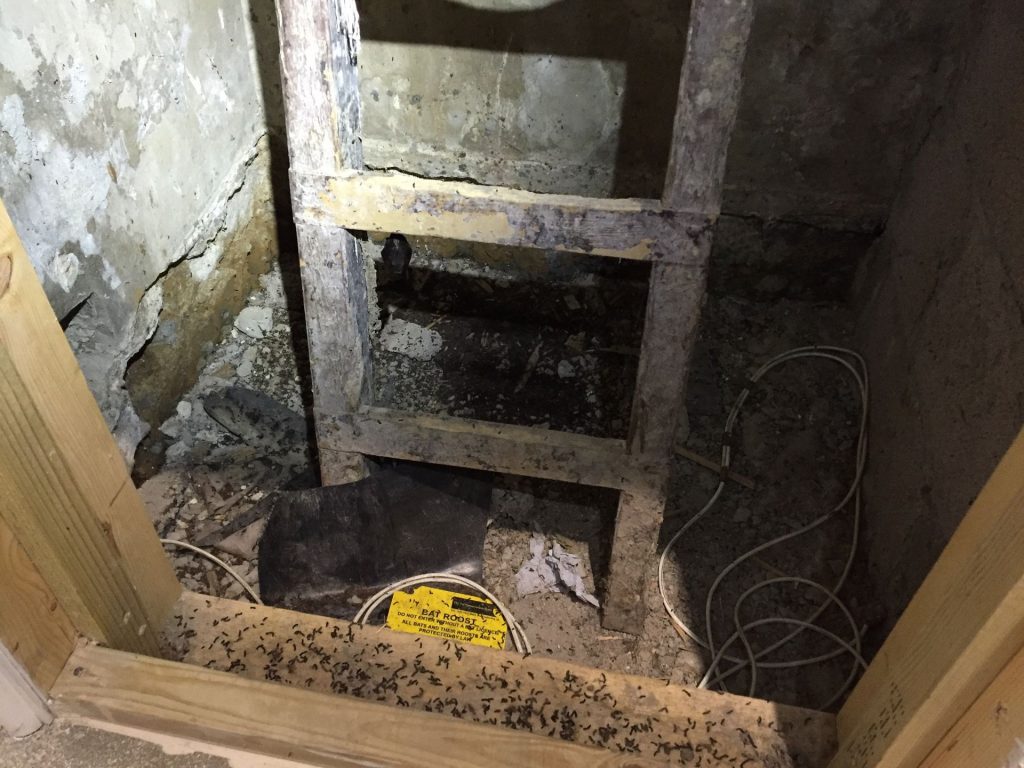
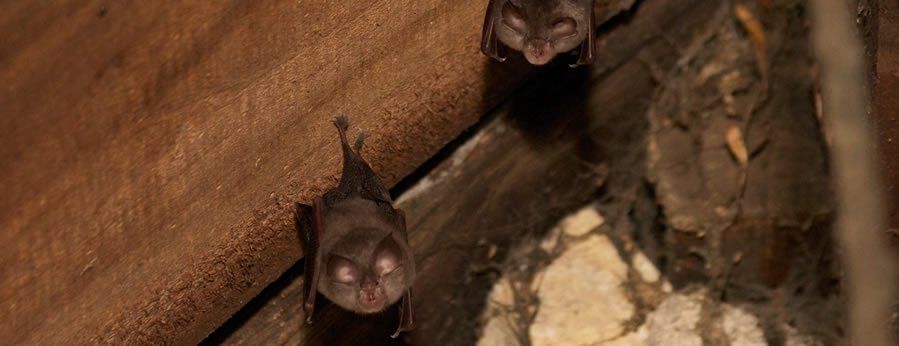
Our role
After multiple surveys, we concluded that the lesser horseshoe maternity roost was still present. We also identified a serotine day roost, a common pipistrelle day roost and a brown long-eared transitional day roost on site.
Working with our client and the architects, Darwin Ecology proposed practical and effective bat roost mitigation measures to ensure the bats’ conservation status was maintained. We presented these measures and our survey results in an ecological report, which led to a successful planning application.
We provided licensing advice and, through discussions with Natural England, obtained a European Protected Species Licence for the works.
One of our licensed ecologists gave a “toolbox talk” to the contractors so they knew of the possible presence of bats, their legal protection and how to avoid harming them.
To minimise the risk of impacting them, we also helped with the soft stripping of roof coverings and other features suitable for bats, including tiles, lead flashing and soffit boards.
We also designed and helped integrate a number of bespoke mitigation features, working alongside contractors to provide suitable conditions for the bats on site.
By being present on site, we could see to it that these features were installed correctly on the first attempt. We ensured everything was in line with the licence conditions, which reduced delays and alleviated the need to pay for retro-fitting or post-project modifications.
Results
Our mitigation and compensation features included:
- A custom-made ‘cool room’ for lesser horseshoe bats, to ensure a range of environmental conditions were available for them
- ‘Periscope’ access points into the maternity roost
- New low-level perching opportunities, heat pads and soundproofing in the maternity roost
- A replacement night perch for lesser horseshoe bats in the garden
- Additional bat boxes suitable for a range of species
- Mortar gaps to create under-tile bat access points
- New access points at the eaves
Due to the significance of the lesser horseshoe roost – and for the protection of the other bats present – we continue to monitor the site.
Most recently, we recorded the presence of a greater horseshoe bat within the lesser horseshoe maternity area. This larger species can negatively impact breeding colonies of lesser horseshoe bats, so we’re keeping a close eye on the situation. We’ll take appropriate action should we identify a decline in the lesser horseshoe breeding population.
Our experienced bat ecologists provide high-quality reports and bespoke bat roost mitigation strategies to support planning applications for householders and commercial developers. If you’d like us to help you avoid expensive delays to your project, contact us now.
